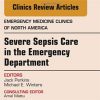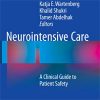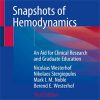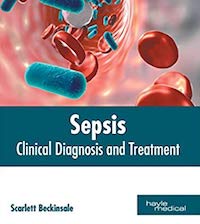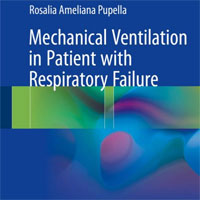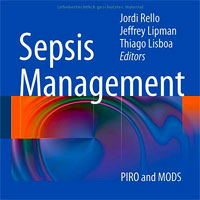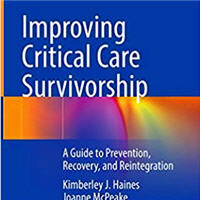Antifungal Treatment in the ICU
healthmanagement.org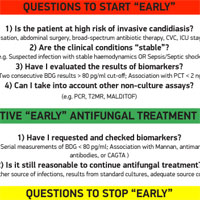
Invasive fungal infections (IFIs) are a major cause of morbidity and mortality in critically ill patients. Almost 80% of IFIs are due to Candida spp., which are the third most common isolated microorganisms in the intensive care unit (ICU) (Kett et al. 2011; Bassetti et al. 2017). Although the incidence of invasive candidiasis (IC) varies considerably according to different reports and geographic locations, it ranges from 1 to 10 per 1000 ICU admissions. Candidaemia is the most common form of IC, followed by intra-abdominal candidiasis. Both are characterised by a high crude mortality, ranging from 25 to 60%, although strongly affected by underlying conditions and presence of sepsis and septic shock (Cortegiani et al. 2017b). The recently completed Epidemiological study on incidence of candidemia in European ICUs (EUCANDICU), conducted by the European Society of Clinical Microbiology and Infectious Diseases Study Group for Infections in Critically Ill Patients (ESCMID ESGCIP), will soon provide more homogenous and updated data about ICU-related incidence of IC in Europe.



